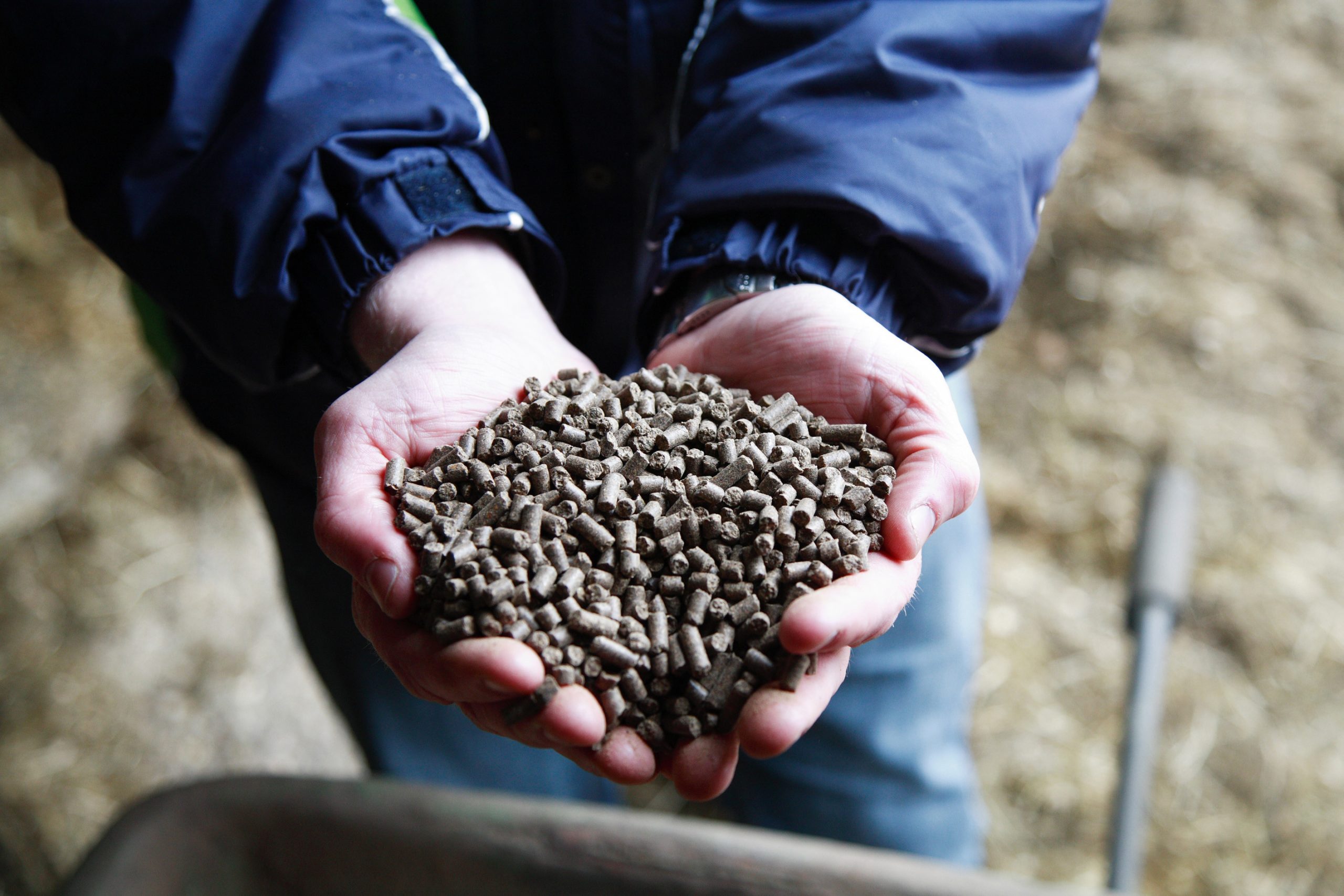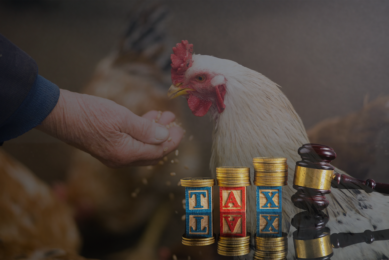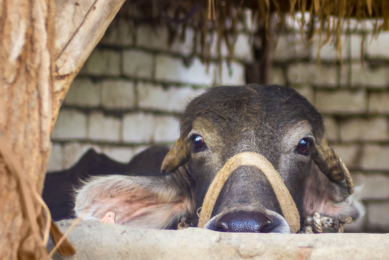Steady growth for China’s feed industry

Even the output of China’s feed industry went down slightly in H1 2017, the overall trend is marked by consolidation and innovation with a large growth, backed up by the booming demand of meat and poultry by China’s population.
China, the country that has to produce food for the largest population in the world, is following its faith and became the largest producer of livestock products as well as animal feed. During the last decades, the country has pushed the commercial feed production by millions of metric tonnes each year, achieving an output of almost 200 million metric tonnes in 2014.
Opportunities for bigger players
According to market intelligence firm CCM, however, the output of feed in the first half of 2017 went slightly down, although the prices increased to some extent. While feed formula and concentrated feed fell, the output of pre-mixed feed was able to grow in a year on year comparison. China’s feed industry development is tightly connected to the trend of the livestock and poultry business.
In fact, the stringent environmental regulations in China have caused many outmoded and small-sized farms to shut down their business, which, in exchange, offers great opportunities for the bigger players to expand market shares. In this context, the industrial production concentration, as well as the overall level of industrialisation, has improved, increasing the demand for feed once more. As part of the promoted agricultural supply-side reform by the Chinese government, environmental regulation and food safety move deeper into the country. Hence, it will be an inevitable trend to get more concentrated and larger scale in the production of the whole industrial chain of animal feed in China. This reaches from the very upstream business of amino acids to the downstream consuming livestock farming industry.
Growing taste for pork
Especially the growing taste for pork is driving China’s animal feed market. Consolidations and innovations in the production process have furthermore improved the output and capacity to a large extent. According to industry insiders, the feed market us is about to grow by around 16% CAGR to the year 2019. Growing demand for processed meat and protein diet due to rise in household income levels would continue to drive the demand for animal feed from various livestock and poultry farms.
According to CCM, the overall feed enterprises’ profitability increased due to the lowered cost of feed raw materials in China. However, stronger demand for healthy and safe food is changing the scope of producing animal feed in China, with new innovations and raw material substitutes in sight. After all, China plans to increase its animal feed output to 220 million tons by 2020, according to the Ministry of Agriculture’s 13th 5-year plan for 2016-20.
Price of soybean and amino acids
What’s more, according to CCM’s price monitoring, the price of soybean meal rebounded in July 2017, after it went down for almost half a year. The price was mainly affected as the US soybean report was released on 10 August. However, the price of soybean meal is predicted to benefit from the environmental policy in August. Recent news has spread out, that the fourth round of central environmental inspection has begun in China.
The soybean meal price is traditionally influenced by China’s domestic environmental policies. For instance, in Q4 2016, soybean meal price rose immediately after the environmental pressure increased in the country. Similarly, the price rapidly increased as quite a lot of oil-pressing mills suspended production under stricter environmental regulation in Guangdong Province, one of China’s powerhouse regions for feed production.
Furthermore, the price of amino acids also increased similar to the trend of soybean meal price. According to CCM’s price monitoring, during Q4 2016, lysine price increased by almost US$400 per tonne, while the threonine price also increased by around US$170 per tonne. Given that lysine and threonine prices remain low at present, their prices are very likely to rebound in Q4 2017.











